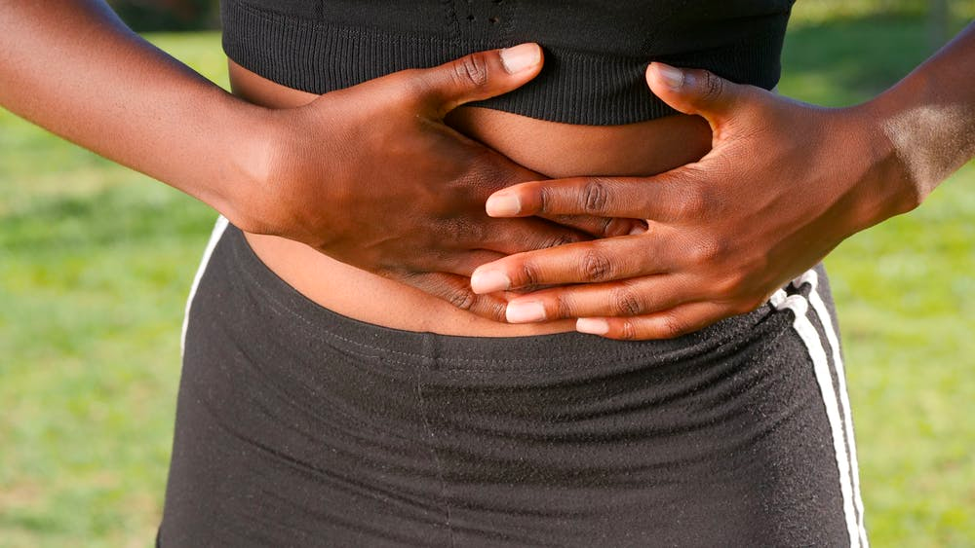The brain, bladder, and pelvic floor are a system that need to work in harmony together. An issue with any of those regions in the system will affect the others regions and can lead to bladder dysfunction. Dysfunction may appear as: leaking before you make it to the toilet (urge incontinence), leaking during activity or...
What Exercise Can I Do While Pregnant?
March 16, 2022
Fewer than 15% of pregnant women get the recommended 150 minutes of moderate intensity exercise per week. There is a lot of fear out there regarding if and what exercise is safe during pregnancy. You can run! You can lift (even heavy)! You can do abdominal exercises! You can do hanging exercises! You can and...
What Women Need To Know About Pain With Sex
March 14, 2022
One of the most frequently asked questions we get as pelvic floor specialists from our female patients is “is it normal that I have pain with sex?” While it is common, it is not and does not have to be accepted as “normal.” According to statistics from the American College of Gynecology (ACOG), 75% of...
It is a misconception that postpartum recovery and postpartum exercise cannot begin until after your 6 week follow up with your OB. While postpartum recovery occurs in phases, there are some exercises you can begin right away to accelerate your recovery and prevent future dysfunction. The following exercises are applicable whether birth was a vaginal...
Women who participate in high-impact activities may be at higher risk for pelvic floor dysfunction (PFD) such as urinary incontinence than women who participate in low-impact activities. Following childbirth, 30% of mothers report urinary incontinence and 10% report anal incontinence. Women are all too often advised to avoid activities such as high intensity interval training...
Suffering from Abdominal Bloating and Distension? Here’s How Physical Therapy Can Help.
February 17, 2022
Functional gastrointestinal disorders (FGID) are the most common gastrointestinal disorders in the general population, accounting for about 40% of GI problems seen by doctors and therapists. FGID are disorders of gut-brain interaction, meaning the normal motility of the intestines or the sensitivity of the nerves that innervate the intestines are impaired. However, upon imaging, there...
The speciality area of physical therapy, pelvic health, has really increased in popularity and demand in the last decade and with that, the area has grown and evolved in what it treats and how. Pelvic health physical therapy is so much more than just Kegel’s! Along with the evolution of pelvic health physical therapy, comes...
Why Kegels Are Not Enough
February 2, 2022
“Kegel’s” have become a household word in our country. You’ll hear the term talked about between friends and recommended by many medical providers. While it is a win that a pelvic health topic has become so popular, it is now time for the Kegel to get out of the limelight. There is a lot to...
Pelvic Physical Therapy Can Improve Fertility
January 20, 2022
In the United States, about 13% of women aged 15-49 year old will experience infertility. Infertility is described as the inability to get pregnant after 12 months of unprotected intercourse. For those experiencing infertility, it can be a long, emotionally and financially taxing journey. Each woman’s journey is unique which can make it hard to...
As more research about the novel coronavirus COVID-19 is developed, it is important to consider the effects of the disease on the pelvic floor and associated body systems and functions. The implications are both direct, i.e. affecting the cells of the bladder and small intestine, and indirect by disrupting function in the pulmonary system, in...






